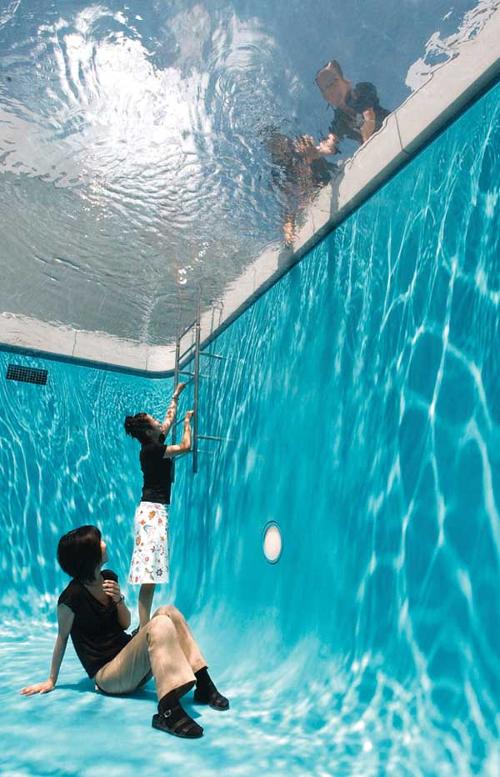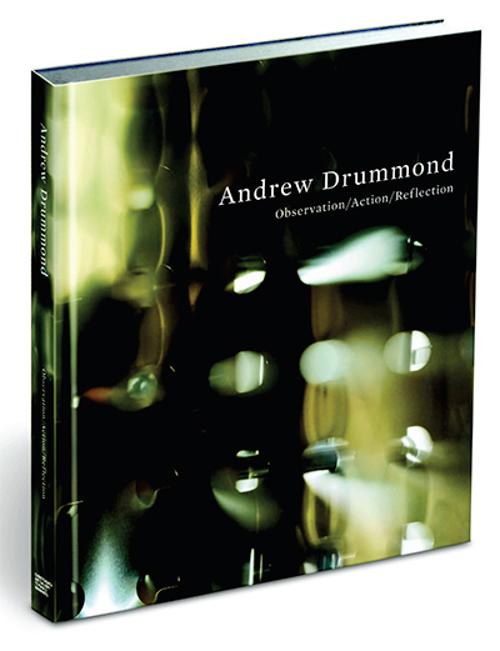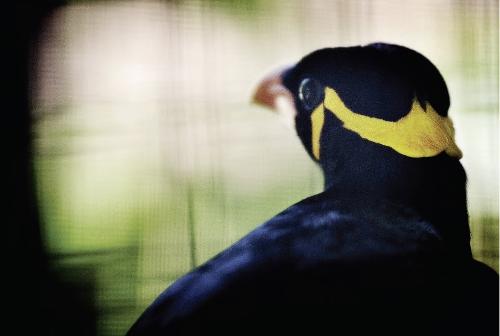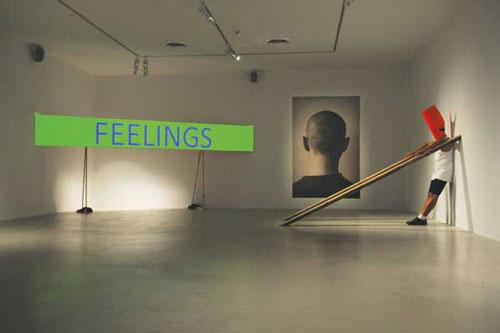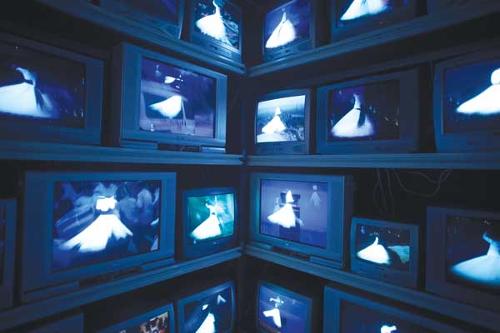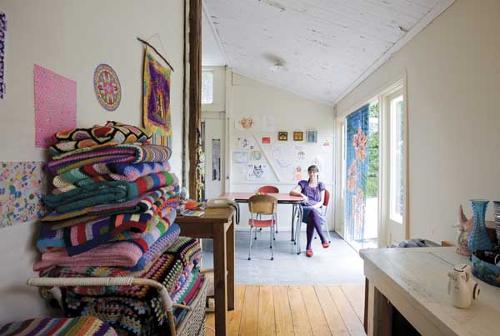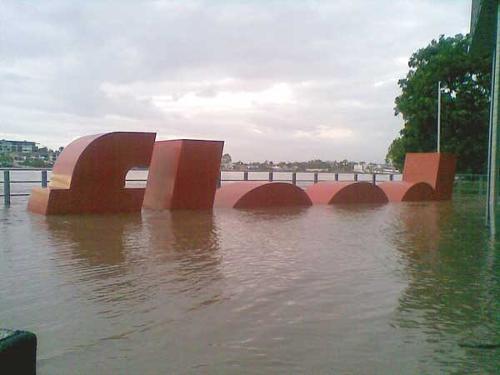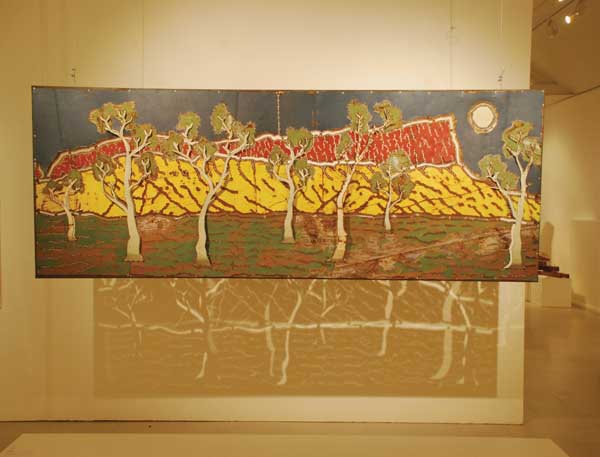
The bilingual title of this exhibition points to its framework. The non-English language is Central Arrernte. The place then is the Central Arrernte homeland, Mparntwe, on which stands the town of Alice Springs. The English, however, is not merely translation but one tongue in a two-tongued project whose primary intention is further dialogue and exchange between artists and the Arrernte custodians of Mparntwe.
To walk this sensitive ground the co-curators, Arrernte custodian Mrs Doris Stuart and artists Dan Murphy and Lucy Stewart, rely on a strong mutual relationship. It began in 2000 and has seen a number of projects come to fruition, among them sacred sites tours conducted by Mrs Stuart, assisted by Murphy and Stewart, for the 2008 Regional Arts Conference held in Alice Springs. These were far from potted introductions to Arrernte 'folklore'. "I don’t pretty it up," says Mrs Stuart. “These are not stories of country that I tell, these are the stories of custodians, a lot of it about our battle with the government to protect sacred sites” - about grief over many losses, with some consolation when further desecration is prevented. The dialogue with artists is of a different order, one in which Mrs Stuart feels “honoured”.
When Araluen Arts Centre offered the artist-run initiative Watch This Space an exhibition slot, Stewart and Murphy, as committee members, saw a chance to deepen the engagement with Mrs Stuart. Among the artists is her son, the late David Mpetyane, whose visual language reflects his understanding that the place for which he had vital traditional responsibilities had irrevocably changed as a result of European settlement. In “Fertility” (1992) he presents an aerial view of Alice Springs, its grid of streets superimposed on the landscape, a creek that no longer exists subtly reinstated. His accompanying poem describes the strange fruits of this history: “Alice lost her virginity / Witness[ed] by / The old man gum tree / While the dog sat confused / Paternity licking its wounds / She gave birth / To one stone room / Next a shed then a house.”
The dog (sacred ancestral being) and the stone room, the old man gum tree (also sacred) and the town – the images sum up the central interests of the exhibition. The worlds they encompass are beginning to be aware of one another; the mutual awareness bridges old battle-lines and is transformative.
In this latest exchange Mrs Stuart wanted to pay attention to the ancestral wild dog. A men’s story, she felt she could talk to it now as all the “right” men are deceased. The dog, embodied in the range that towers over Mparntwe /Alice Springs ending in the peak (its nose) known as Akngwelye (Gnoilya) / Mount Gillen, has put its stamp on the exhibition. Its presence is most poignantly evoked in the large drawing of the “Thylacine potens” by Andrew Moynihan, titled “The Persistence of Existence: Sight, Site Gift (for Doris Stuart)”. Moynihan learnt from Mrs Stuart that the ancestral wild dog, commonly assumed to be a dingo, is now thought to be a thylacine, and also discovered that a fossil record of the largest thylacine has been found at Alcoota near Alice Springs, the only record of the animal on the Australian continent. Showing it with young, Moynihan imbues his wild dog with life; choosing to work on a large scale, he underlines its creation story status.
The drawing hangs alongside Murphy’s bas-relief in found metal “Shadowland” which depicts Akngwelye / Mount Gillen, the two works forming the meaningful core of the show. Light passing through the perforations of Murphy’s surface creates a second ephemeral image on the wall behind – the ripples of water, the movement of trees, an evocation of the force (or spirit) animating all things. Murphy stays with this sense of duality in two further works. In “Gnoilya” an ambivalent form, that might be the dog or the range, looms massively through the dancing trees. In “Fresh for you” a seemingly abstract composition is revealed to be a ‘site map’ of a laundromat and grocery shop, in front of which a small pointed rock juts from the ground. This in fact is a sacred site, part of the dog story. Nothing can be taken for granted in this country. The town straddles sacred territory. What can we respectfully do with this knowledge in the contemporary context? This exhibition and the process behind it is part of the answer.

